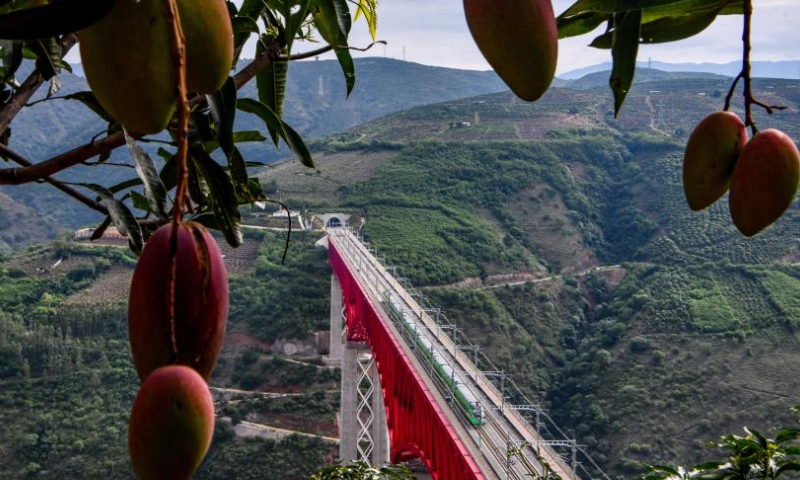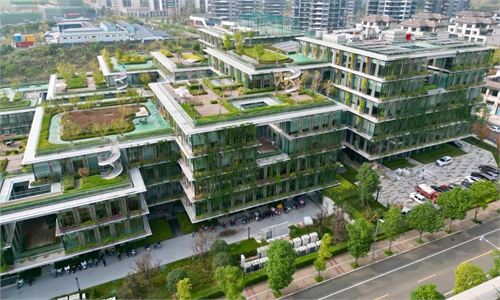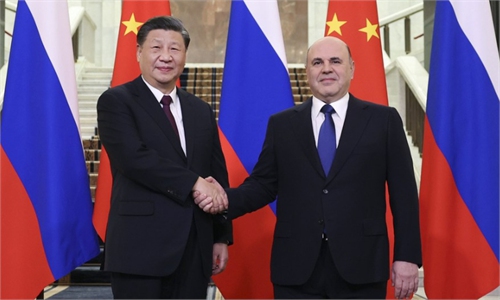China’s outbound investments surge by 35.7% in first two months of 2023: official data

A Fuxing bullet train runs through Yuanjiang grand bridge on the China-Laos Railway in southwest China's Yunnan Province, June 1, 2022.
China's outbound direct investment (ODI) grew rapidly by 35.7 percent year-on-year to 136 billion yuan in the first two months of the year amid the country's strong economic rebound, official data showed on Monday.
In US dollar terms, the country's ODI rose 26.5 percent from a year ago to approximately $20 billion in the first two months of the year, the Ministry of Commerce (MOFCOM) announced on Monday.
It's worth noting that China's ODI in January and February rose much faster than the 5.2-percent growth rate recorded for the same period in 2022.
Non-financial investment in economies joining the Belt and Road Initiative increased 27.8 percent year-on-year to $4 billion during the period, accounting for 20.2 percent of total non-financial ODI for January and February.
Outbound investment in multiple fields recorded significant growth in the first two months. Investments into the wholesale and retail sector rose 17.2 percent from a year earlier, while the manufacturing sector, leasing, and business services also reported growth momentum.
"The increase in the country's ODI is mainly due to resumed international personnel exchanges after China's adjustment of COVID-19 measures, while China has stepped up efforts to promote high-level opening-up after the 20th National Congress of the Communist Party of China," Bai Ming, a research fellow at the Chinese Academy of International Trade and Economic Cooperation in Beijing, told the Global Times on Monday.
Bai predicted that overall growth for ODI will maintain relatively fast growth throughout 2023, contributing to an accelerated global economic recovery.
China's ODI has ranked among the world's top-three for ten consecutive years as of the end of 2021, according to the report jointly released by MOFCOM, the National Bureau of Statistics, and the State Administration of Foreign Exchange in November 2022.


